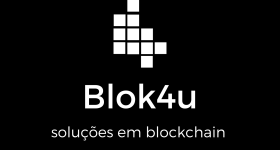An address in cryptocurrency is a line of alphanumeric characters associated with a wallet, exchange, or blockchain, it is derived from the private key and identifies a sender and receiver of crypto assets on the blockchain. Each address’s transactions are publicly available on the blockchain ledger. Addresses do not represent users’ real-word identities unless they have been associated with them.
An audit looks for weaknesses in a protocol’s design to determine what needs patching or redesigning before public launch. It is a way to mitigate any potential significant risks in the protocol that could jeopardize funds.
An algorithm is a set of instructions that tells a system what to do. Different from a protocol that is a set of rules to determine the functioning of a system.
A block is a record of transactions processed on the blockchain during a specific period (length of time depends on the blockchain). A block is added sequentially and becomes a permanent, immutable record on the ledger that defines a blockchain. Blocks are added to the chain once they are confirmed by the networks nodes and a majority reach consensus (agree that it is a correct record of events).
A blockchain is a growing list of records, called blocks, that are securely linked together using cryptography. Each block contains a cryptographic hash of the previous block, a timestamp, and transaction data (generally represented as a Merkle tree, where data nodes are represented by leaves). The timestamp proves that the transaction data existed when the block was published to get into its hash. As blocks each contain information about the block previous to it, they form a chain, with each additional block reinforcing the ones before it. Therefore, blockchains are resistant to modification of their data because once recorded, the data in any given block cannot be altered retroactively without altering all subsequent blocks.
A token burn or ‘burning’ refers to the destruction of tokens taking them out of the total supply. It is typically used as a counter-inflationary measure by reducing supply. Theoretically, demand should increase, and therefore so should value.
The circulating supply is the total number of tokens in the market, including those held in dApps, wallets, and exchanges. The circulating supply is not to be confused with the total supply (the total amount of tokens that will exist); tokens in ‘circulation’ are currently available.
A cryptocurrency is a digital asset secured by blockchain technology which all but eliminates the possibility of counterfeiting or double-spend. All transactions are stored on a publicly available distributed ledger and are verifiable. Each new block stores the most recent transactions and is added to the chain via consensus. These records are permanent and cannot be altered, giving cryptocurrencies security without relying on centralized infrastructure.
A custodial wallet is a wallet not truly owned by the user. A third party holds the private keys and funds. A custodial wallet requires the user to trust a third party that they will keep their assets secure and be able to withdraw their assets whenever they request.
Decentralized Finance (DeFi) is a blockchain-based form of finance, removing the need for the centralized intermediaries required to provide traditional financial services, such as brokerages, exchanges, and banks. In DeFi, the role of an intermediary is replaced by smart contracts.
The simplest definition of exchange is the swapping of one asset for another – the term is synonymous with market. It is any place, physical or not, where two or more parties go to exchange assets. In crypto, a person can exchange there assets on a centralized exchange (CEX) controlled by an entity or group of entities, which typically take custody of a user’s assets. Alternatively a person can exchange their assets on a decentralized exchange (DEX), which are exchanges managed by protocols (usually open sourced), and the users maintain custody of their assets.
‘Gas fees’ is the term given to the execution costs of interacting with the blockchain. This includes all transactions and smart contracts on the network.
A governance token is a utility token that gives the holder influence over a protocol – how much influence is usually dependent on the number of tokens held. A governance token’s utility differs from project to project but typically allows holders to vote on proposals, submit their proposals for changes to the protocol.
Immutability is a term given to unchangeable data after it has been created. On the blockchain, data is added to a public ledger in blocks. Each block that is validated is added to the chain and becomes immutable. It cannot be changed, removed, replaced, or hidden. Immutability provides network security, ensures trust and transparency, and eliminates the possibility of the double-spend problem.
Liquidity measures how quickly and easily an asset can be exchanged without impacting its price. Any market for an asset that can reliably absorb a high volume of near-instant exchanges with minimal or no price impact has deep liquidity (the asset is highly liquid). If an asset is illiquid, there is insufficient liquidity to support trading volume at a stable price, and trades will delay, fill only part of an order, not execute, or significantly move the market value.
Non-custodial wallets give total control and responsibility of the wallet’s contents to the creator. They achieve this by giving the user total control over their private keys. They are the opposite of custodial wallets, where a user needs to entrust their private keys to a third party.
A non-fungible token (NFT) is a unique and non-interchangeable unit of data (most often JSON) stored on the blockchain. NFTs are most often used to store images and do so via the 721 standard defining the JSON template. However, NFTs have many uses, such as storing music and a lot more.
Private keys are essentially a cryptographically generated passcode that gives users access and control over funds.
Scalability refers to the ability and capacity to grow. A network’s capacity to increase speed, throughput, and functionality are all aspects that determine its scalability. The higher the scalability of a network, the more potential it has.
A smart contract is a decentralized, trustless, and transparent contract that can self execute based on programable parameters. Smart contracts effectively allow conditions to be programmed into blockchain transactions. Smart contracts drastically increase the functionality of the blockchain by adding use cases beyond the simple transfer of assets from one wallet to another.
A stablecoin is a digital currency that aims to hold a stable value. Often a stable coin will be pegged to an already established fiat currency, usually the USD. The stablecoin needs to have the same amount of the corresponding asset in a 1:1 scenario to achieve this. Stablecoins are typically used to store profits as the price is not likely to fluctuate, and they are used to purchase other assets
A token is a digital asset that is stored on a blockchain. Tokens are, in essence, a set of rules in a smart contract that dictates their usability from a store of value, a vote on a protocol, a digitally unique artwork, or a combination of many other different use cases. Tokens can be fungible, meaning that each token is interchangeable with any other. For example, 1 BTC will always be worth 1 BTC. Tokens can also be non-fungible (NFT), meaning each token is unique (not interchangeable). Even if an NFT encodes the exact same data (a picture, for example) as another, its digital signature will be unique.
Tokenization is the process of turning a non-crypto asset into a token. Tokenization is the digitization of a real-world asset allowing it to be traded in crypto markets, including DeFi. Tokenization is integral to connecting DeFi with real-world assets and expanding the market for an asset as a whole.
Tokenomics refers to a project’s proposed creation schedule and use of tokens over time. It includes how many tokens will be allocated to the treasury, fundraising (available to investors), marketing, development, etc. Tokenomics refers to processes already coded into a blockchain protocol and commitments made to project supporters.
Volatility refers to the variation in the price of an asset over time. A highly volatile asset will experience large and sudden price movements with greater frequency. High volatility in an asset is seen as a riskier investment, although the potential upside can be significant if timed correctly.
Built on Blockchain, Web 3.0 represents the next phase of the web/internet evolution and could potentially be very innovative in representing a paradigm shift as big as the current version (Web 2.0). Version 3.0 is built on the core concepts of decentralization, openness and greater user agency.
A whitepaper is a document or report pertaining to the ideas and proposals of a new project. It typically outlines a complex issue and offers solutions while giving an overview of what a project aims to do and how it will do it.
Zero-knowledge proof is an encryption protocol that allows one party (the prover) to prove to another party (the verifier) that something is true without having to disclose any additional information other than it is true.

© 2024– C4P Tech Services LLC – © All rights reserved – Privacy Policy
